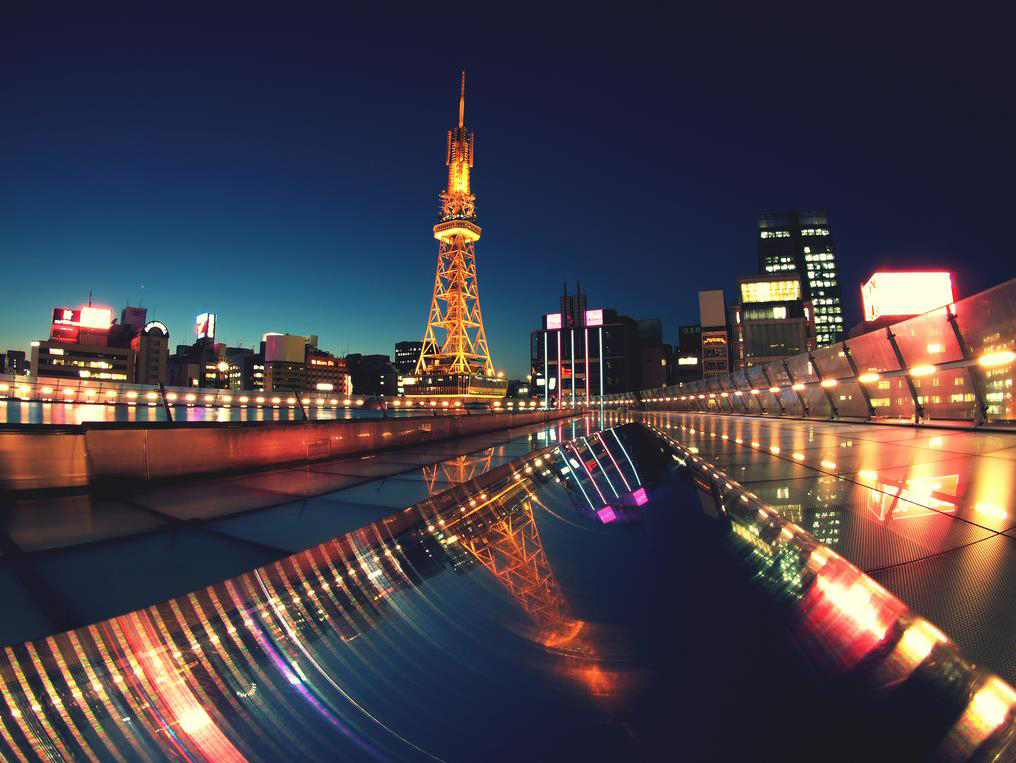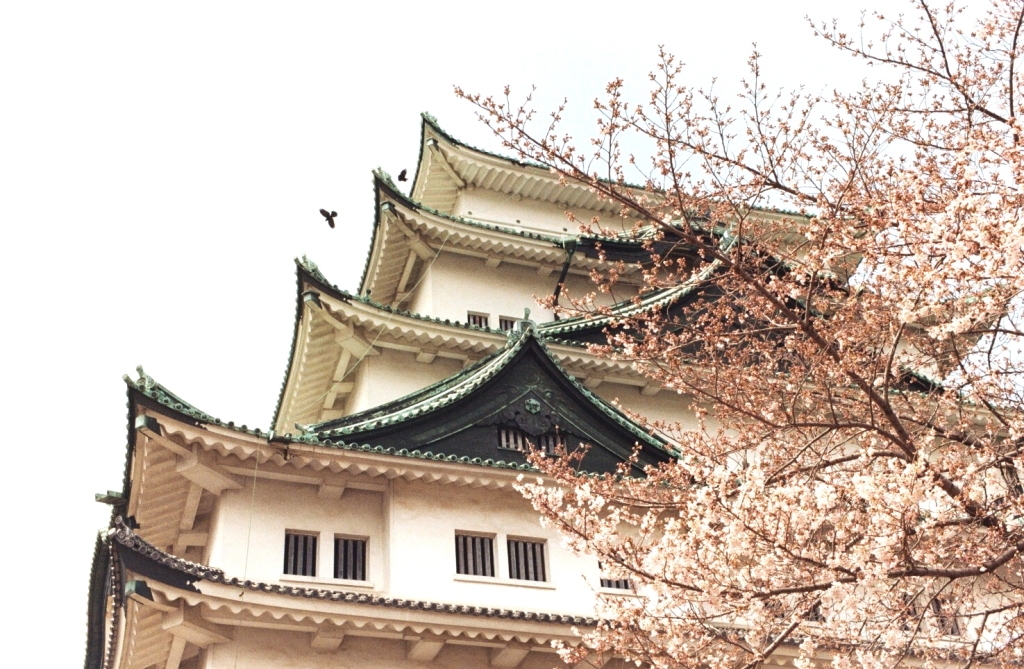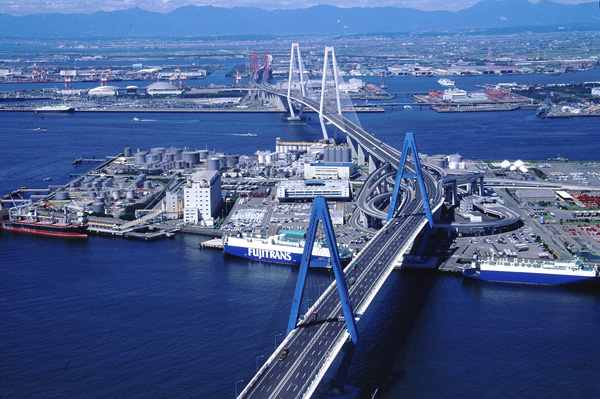Aichi Prefecture – funded in 1610
Nagoya is the cultural and economic treasure of central Japan.
With 2 million inhabitants, it represents the fourth most populated city in Japan and it is the third economic pole of the country, after Tokyo and Osaka, positioning itself as the industry leader. In addition, located in the Bay of Ise, it is in a strategic location that makes it the first commercial port of Japan.
Not only economy, but also history and culture make Nagoya a precious item of the Rising Sun Country. Its castle, built in 1612 and completely restored in 1959, after the fire during World War II, was built by Tokugawa Ieyasu, the man who placed under a single domain feudal Japan, and founded right here the capital. Today, the castle houses an important museum consisting of more than 1,000 ceiling paintings and fusuma-e (paintings on sliding doors), classified as Cultural Heritage of Exception.
From that moment on, following the economic evolution of the Country, Nagoya has ever continued to be a center of economic development and industrialization, becoming the country of some of the best automotive industries of the world.
The union between high level industrialization and culture makes Nagoya’ Television Tower one of the most attractive places of the city. Indeed, from its top at 180 meters, it is possible to enjoy the amazing landscape of Japan Mountains to the north and, the Baia di Ise to the south.
Another important cultural treasure characterizing the city is the Atsuta Shrine, funded during the second century and restored in 1935. The Shrine hosts internally, the KUSANAGI NO MITSURUGI (sword cleaving the grass), the legendary sword which constitutes one of the three Imperial Colours with Yata-no-Kagami mirror, that is conserved inside the Temple of Ise, and the Jewel of Yasakani-no-Magatama, that is conserved inside the Imperial Palace of Tokyo. These three objects symbolize the sanctity of the imperial function and it is not possible neither to show nor to reproduce them.
Nagoya is a cultural and economic treasure. It is an aerospace centre, a place for large industrial and hi-tech groups, as well as Toyota and automobile technology’ land. High quality elements are manufacturing, advanced research, the presence of solid and reliable companies, many of which have a ten years history, but also the presence of technicians and workforces that are famous in Japan for their ability. Infrastructures and cutting-edge transports, as well as the propensity to international cooperation, have no less important. This area is also the heart of porcelain industry, laques, “shibori-zome” (knotted, tied, painted fabrics) and many other kinds of art and handicraft.
Relations between Nagoya and Italy have especially started since 2005, the year of Universal Expo hosted in the province of Aichi and Nagoya, which has make known to the entire world this prosperous area of Japan, thanks to the town-twinning with Turin. This relation relies on cultural and economic characteristics of the two cities, which have funded their principal business on the automotive sector, but also on their mutual interest in culture and contemporary art promotion, as well as on innovation about environmental practices and design.
The pearl among Nagoya’ treasures is represented by design sector. Inside Nadya Park, a temple for designers and conceptualization artists, you can find Nagoya’ International Design Centre, in which the most important pieces of art, from art déco to postmodernism, are collected.
The design, which combines art and technology, is widespread in the city, so as to proclaim it, in 2008, “City of Design” by UNESCO.
It is an important economic pole, cultural centre, turned to modern but with a step into past. Everything that makes Nagoya, the city of hi-tech and tradition.




